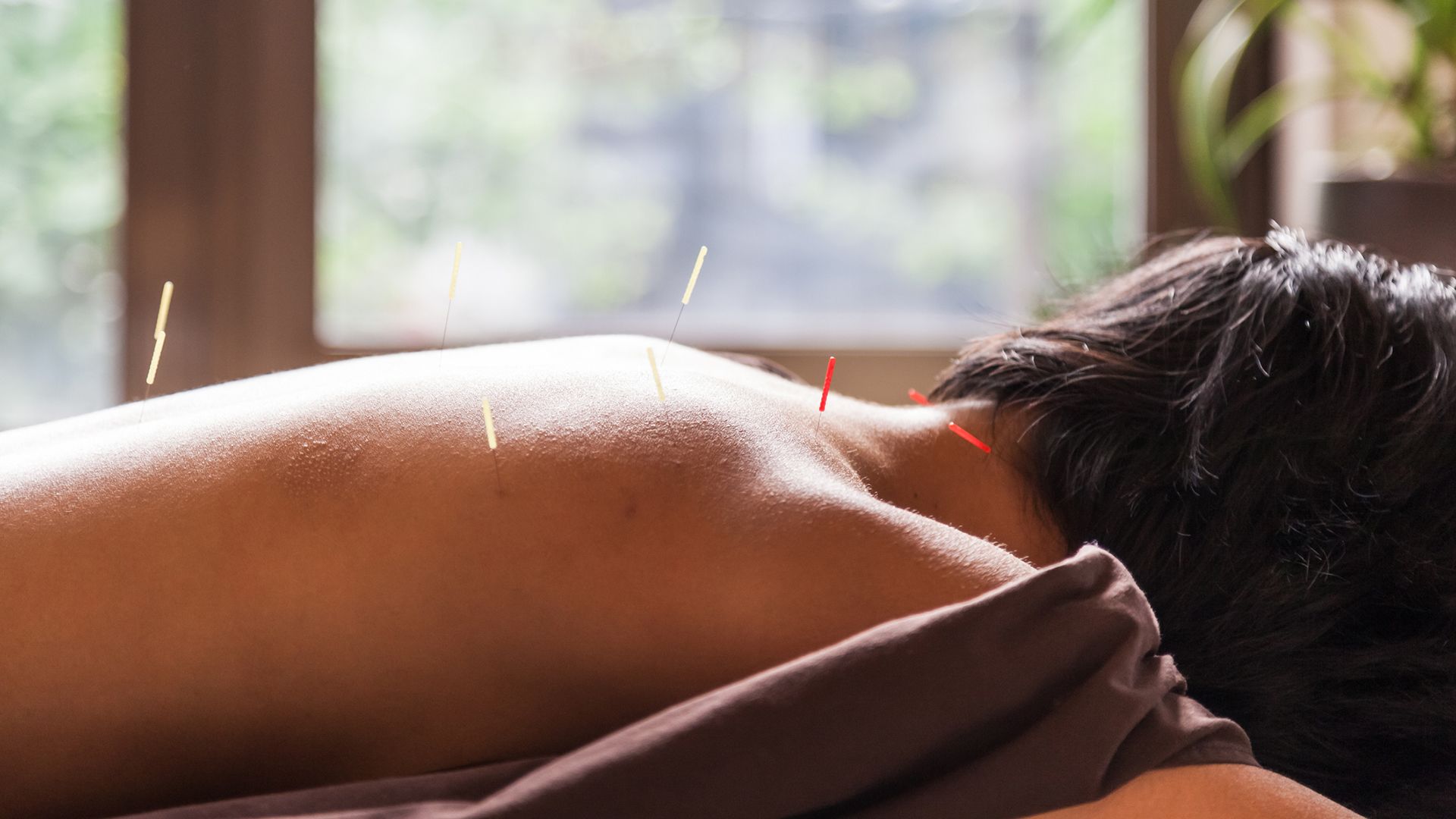Not your run-of-the-mill headache by any means, a migraine can be downright debilitating. Characterized by intense throbbing pain on one side of the head that gets worse with movement, migraines may also cause nausea and extreme sensitivity to light and noise. Migraines can last from a few hours to a few days. And some migraine sufferers experience what's known as aura before the pain begins—usually a visual disturbance such as flashes or streaks of light. Or it may be a ringing in the ears or feelings of numbness and tingling.
More than 18 percent of women in America suffer from migraines compared with 6 percent of men. Migraines typically begin in a person's teens or twenties and may last through his or her 50s or 60s. For some women, migraines subside after menopause.
While most people with migraines have them only occasionally, a small percentage of migraineurs experience chronic migraines that occur more than 15 days each month.
Migraine, or bad headache?
How can you tell the difference between a bad headache and a migraine? Typical migraine symptoms include:
- Pain on one side of your head
- Pain that is throbbing or pulsing
- Nausea, vomiting or upset stomach
- Increased sensitivity to light or noise
If you experience at least two of these symptoms, you may be experiencing migraines, and should speak with your healthcare provider to determine what's causing your pain and what you can do to stop it.
A potentially serious problem
Not surprisingly, migraines have a negative impact on quality of life, affecting social relationships, work productivity and emotional well-being. One study found that almost half of migraine patients suffer from depression. In fact, the association seems to be a two-way street in that people with depression have an increased risk of migraines. Migraines have also been linked to a greater risk of stroke.
Managing migraines can help ease pain, reduce the risk of long-term health effects of migraine attacks and improve emotional health and wellness.
Treating acute symptoms
If you are like many migraine sufferers, you may be trying to make do without medical care, relying solely on nonprescription medications. But you can do a lot better than that. Although there is no cure for migraines, there are effective ways to manage the pain. Prescription triptans, for example, provide major relief to many migraine sufferers. In fact, most migraine sufferers, when treated with triptans early in an attack, are able to resume normal activities within a couple of hours. Triptans aren't for everyone, though, and may not be helpful in treating certain types of migraines. So work with your doctor to find a migraine management plan that's right for you.
Preventing migraines
Preventing migraine pain may be a better option than treating it after a migraine begins. Preventive treatments have a greater potential to keep migraine sufferers pain-free and may also help people avoid overmedicating. Many people with migraines depend heavily on pain medications to treat their symptoms, but the overuse of pain medication may actually make migraine symptoms worse by causing what's called medication overuse headache (MOH). Because of this, doctors are shifting the focus from acute treatment to preventive treatment, which involves taking daily medication to avoid the onset of a migraine altogether. Prevention of migraines can reduce the number of attacks and their severity, improve overall daily function, reduce the need for acute medication and prevent the disease from getting worse.
6 ways to help manage migraines
In addition to pharmaceutical treatments, the following self-care techniques may help prevent attacks:
- Keep a headache diary to help you pinpoint factors that may trigger your headaches. Some common triggers include beer, wine, smoked meats and cheeses, pickled foods, MSG, chocolate, loud noises and bright light.
- Avoid your triggers once you know them.
- Stick to a healthy diet that is low in fat and high in complex carbohydrates.
- Eat at regular intervals throughout the day to prevent low blood sugar.
- Engage in gentle exercises such as yoga, tai chi, chi-gong or slow swimming.
- Maintain regular sleep patterns.
The role of hormones
Estrogen has been linked to migraines, and, specifically, a drop in estrogen levels is believed to trigger migraines in some women. Migraines that occur only during the first days of the menstrual cycle are called menstrual migraines, and in these cases, minimizing hormonal fluctuations may help reduce migraines.
See your healthcare provider
Migraines are more than just another headache, and mismanaging them may be detrimental to your long-term health and well-being. If you think you might be suffering from migraines, see your healthcare provider. Finding the best way to effectively manage your migraines not only will improve your health but also may change your life.





